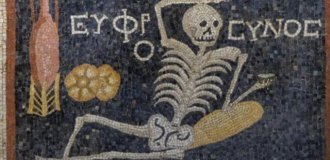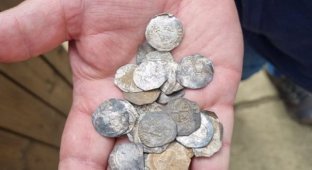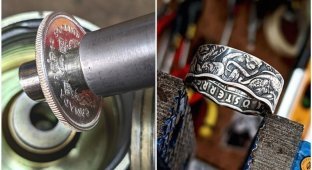The famous physicist Isaac Newton suggested making the edges of coins ribbed. In this way, it was possible to defeat the scammers. 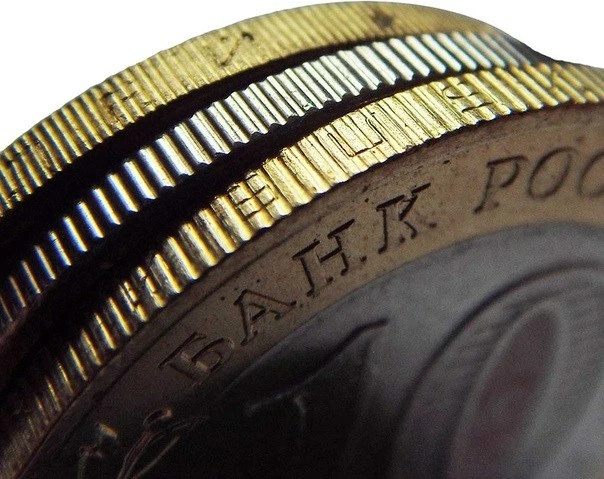
The edge of a coin is called a edge. The ribbed surface of the coin was not chosen by chance.
Coins used to be valued because the most expensive of them made from precious metals. And the value of the coin was determined her weight.
However, scams were common. When people cut the edges of the coins and the accumulated were melted down and sold. But the coins themselves used at face value, because the cut edge is quite difficult to notice.
Cut off the edge of the coin and restore the ribbing challenging task for most scammers. And the number of such crime has been drastically reduced.
Of course, similar schemes were used before Newton. The Romans made coins with prongs, as shown in the image below. 
But such initiatives were sporadic. Did them little, moreover, the notches were applied manually. In medieval Europe coins were made smooth.
The most common types of herds today look like this: 
The French went even further. They began to apply inscriptions along the edges of the coin. Also sometimes used this method. 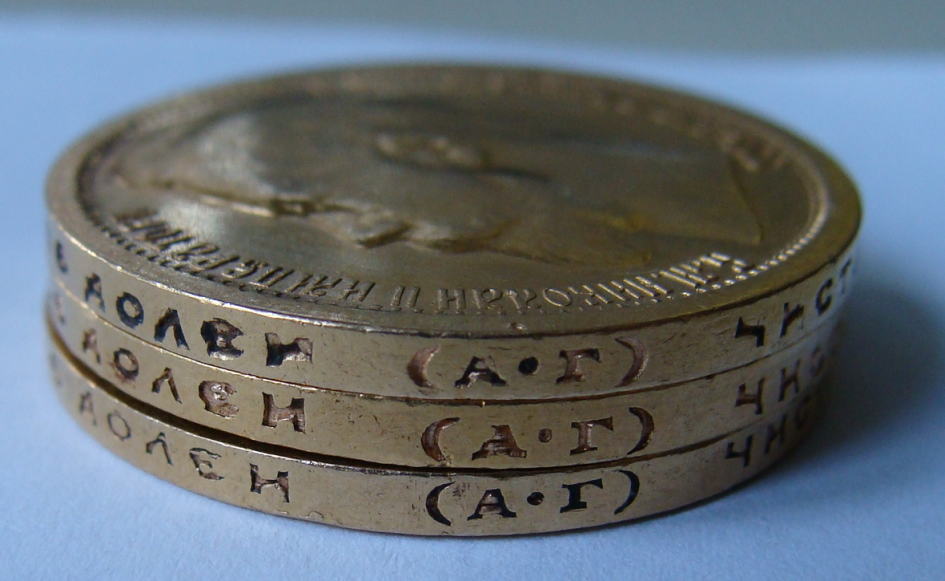
Now coins are made from cheap alloys. but ribbed left the surface. First, a tribute to tradition. Secondly, such It is more convenient to put a coin in a wallet, pocket or just hold it with your fingers.
Plus, blind people, by the type of edge, were able to determine various denominations of coins only by touch. 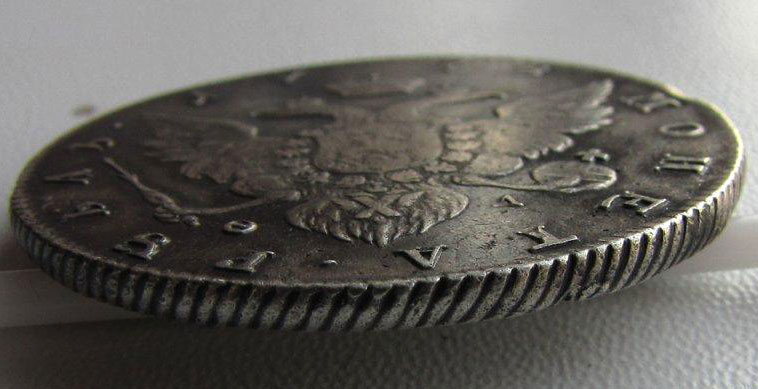
Coin of 1862 with cord design
In history, coins have been made ribbed since 1709. Most the cheap ones stayed smooth. Others used six different types herds.
Add your comment
You might be interested in:









